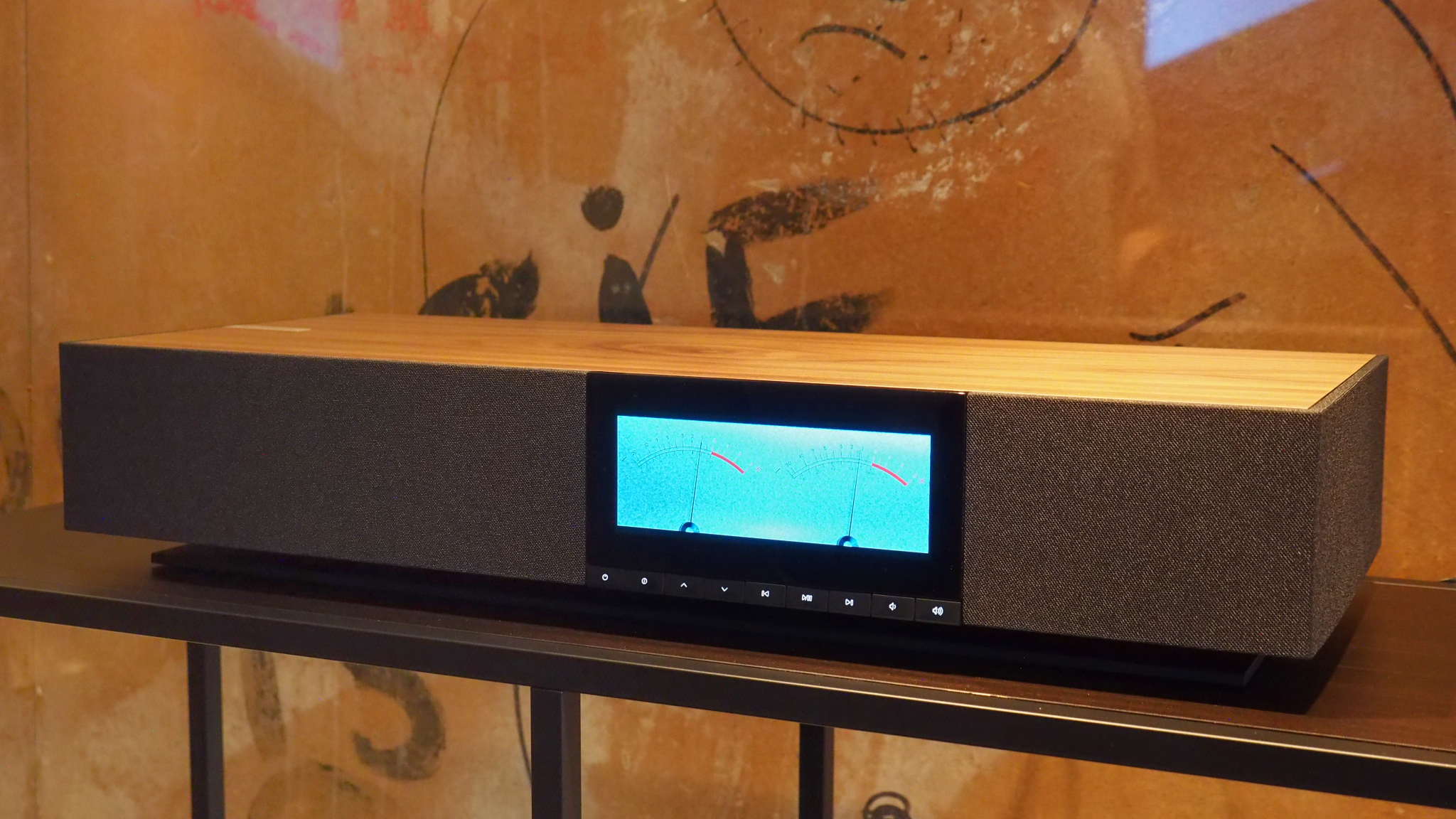
It was in the middle of June this year, some eight weeks ago, that I was hanging out with Cambridge Audio to listen to the company's new Evo One all-in-one music player in the most apt of places – the former Sex Pistols' London home, on Denmark Street, where the walls are covered in John Lydon's graffiti. An iconic backdrop from a British band in which to listen to a very British audio brand's latest.
Not that I'd associate Lydon's gratuitous scrawls with the Cambridge Audio's design language: the Evo One is a meticulously engineered all-in-one, replete with 14 drivers within and 700W of amplification total, but there is a touch of humanity in its wooden-topped design. This is real walnut, too, with each of the Evo One samples I saw presenting individual grain patterns – a natural graffiti of the product's own design, if you will.
I've been testing the best all-in-one speakers for many years now. Although such systems are released few and far between – Bowers & Wilkins' most recent Zeppelin, for example, was released almost exactly three years ago – given the longevity of such products' lives. A favourite of mine was the Naim Mu-so – but the original was released a whole decade ago. Naim's best is also far more industrial-looking by design compared to the Cambridge Audio's softer visuals of a wooden top and clothed sides.
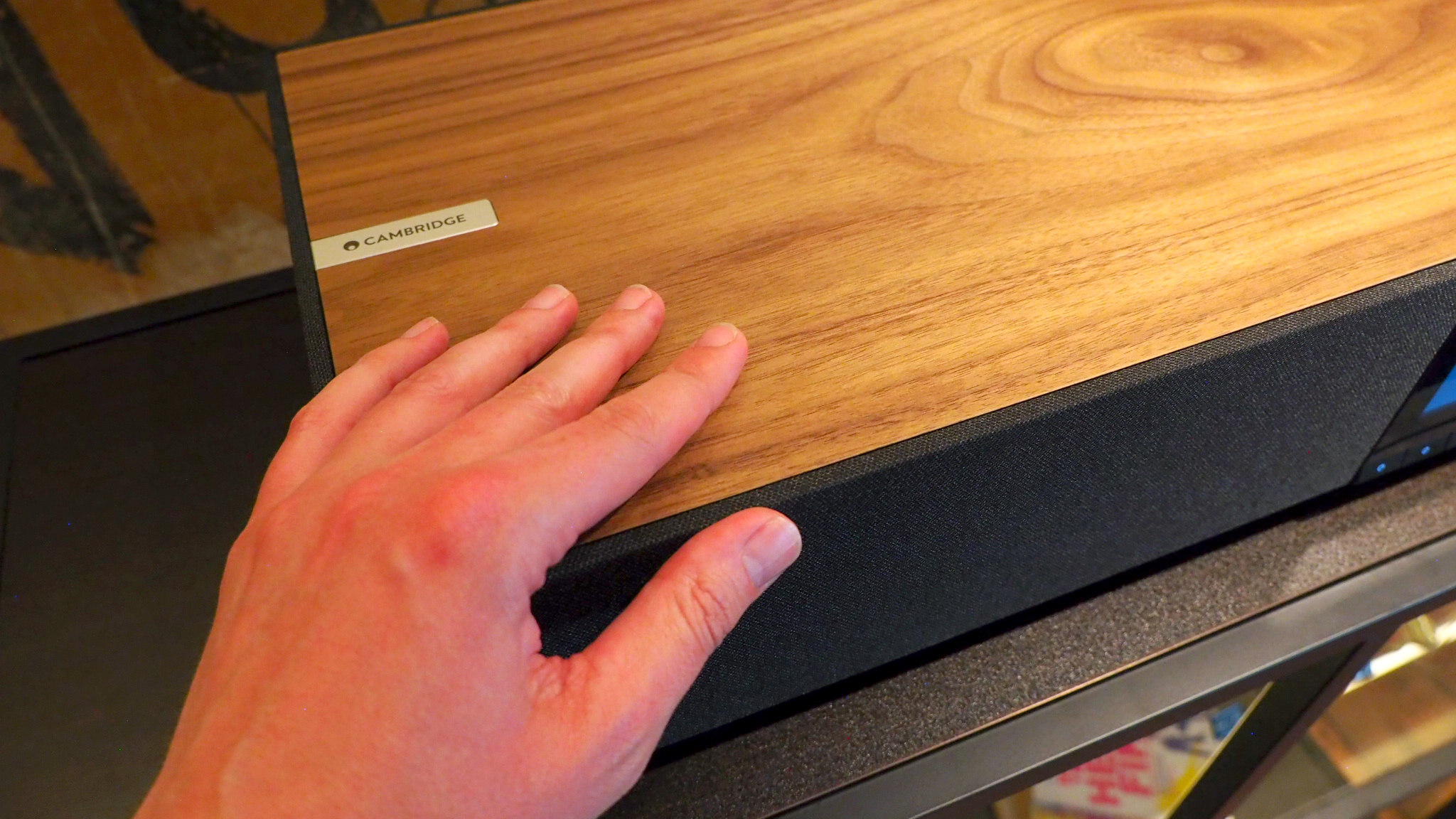
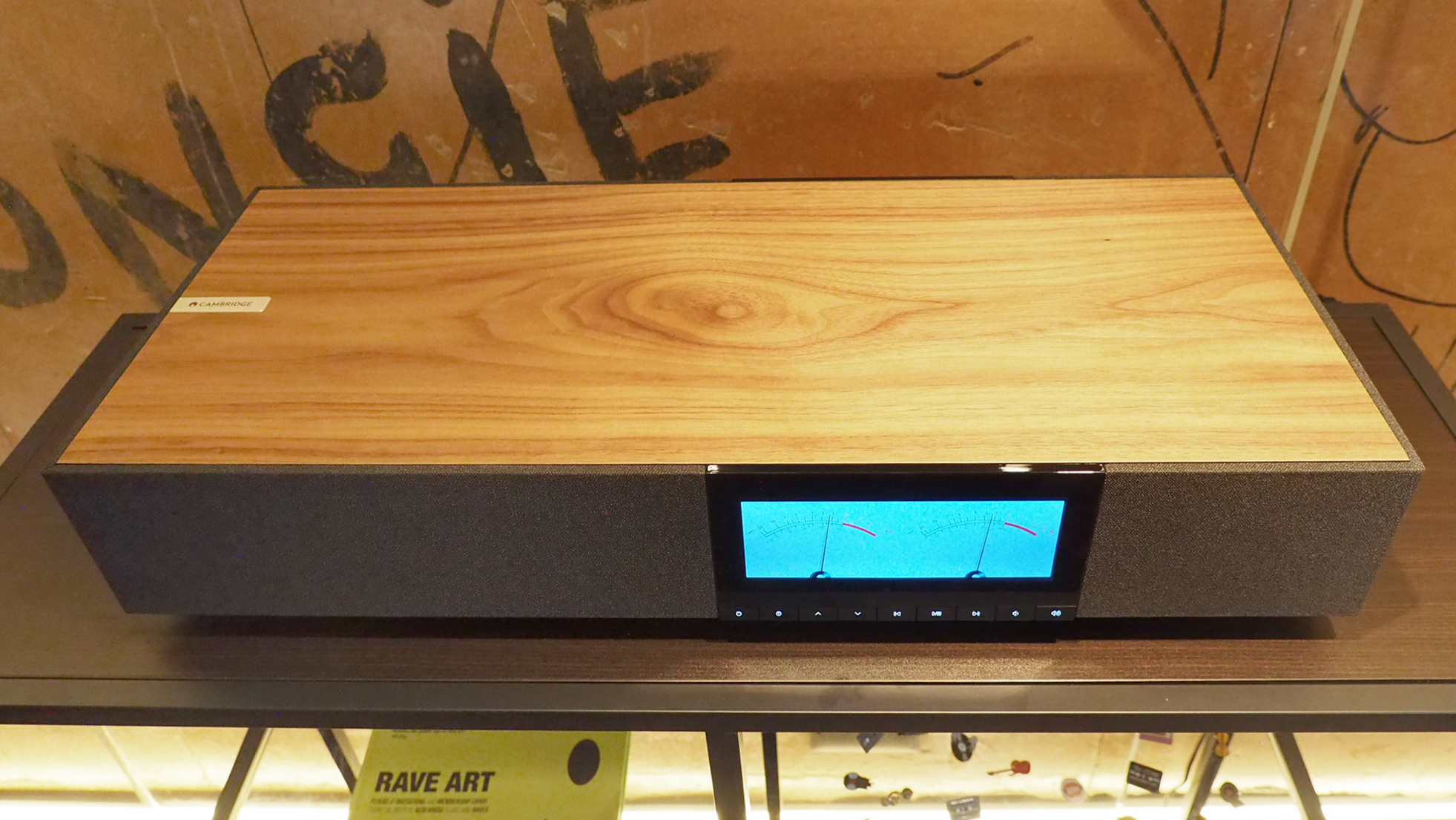
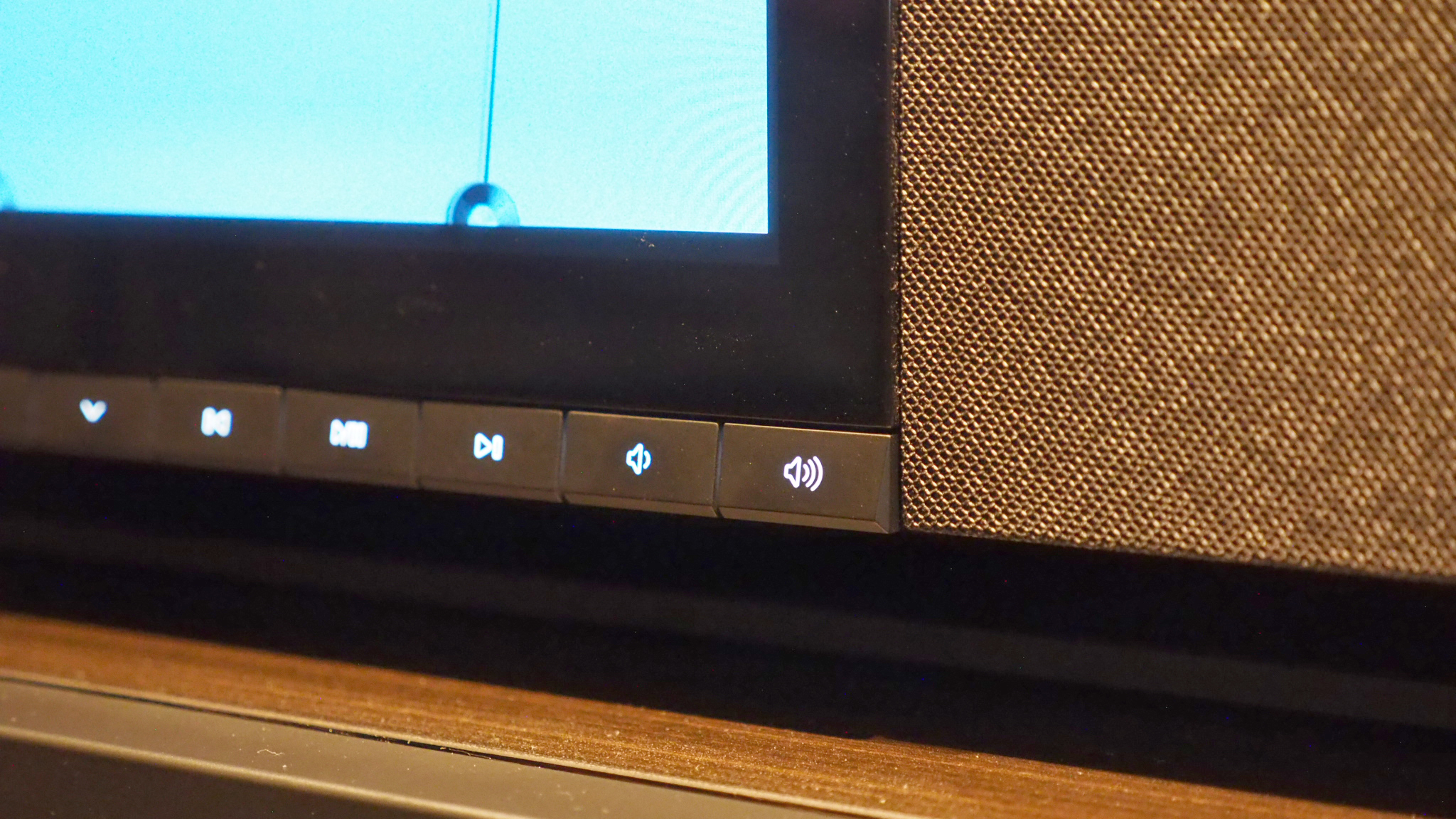
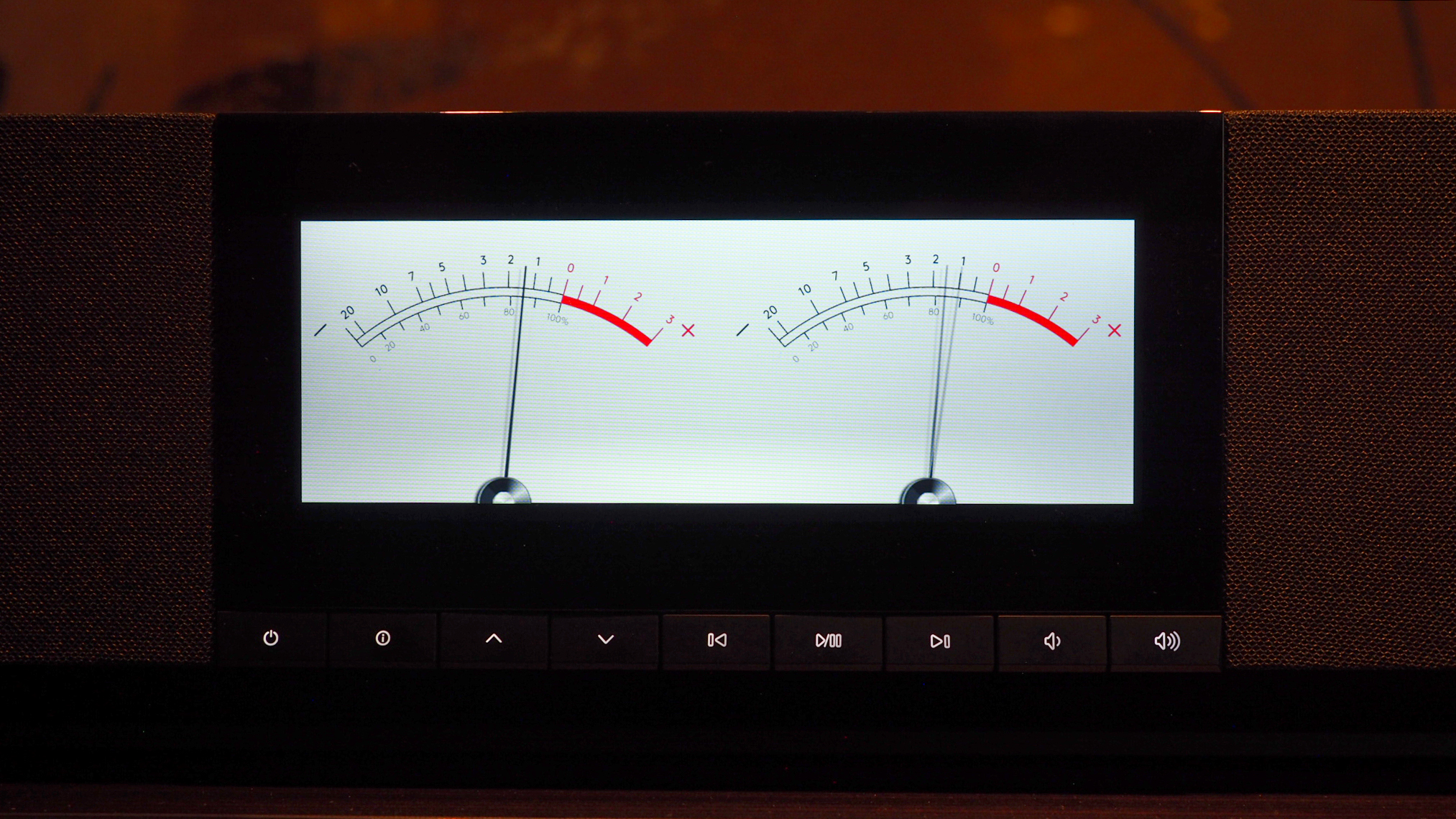
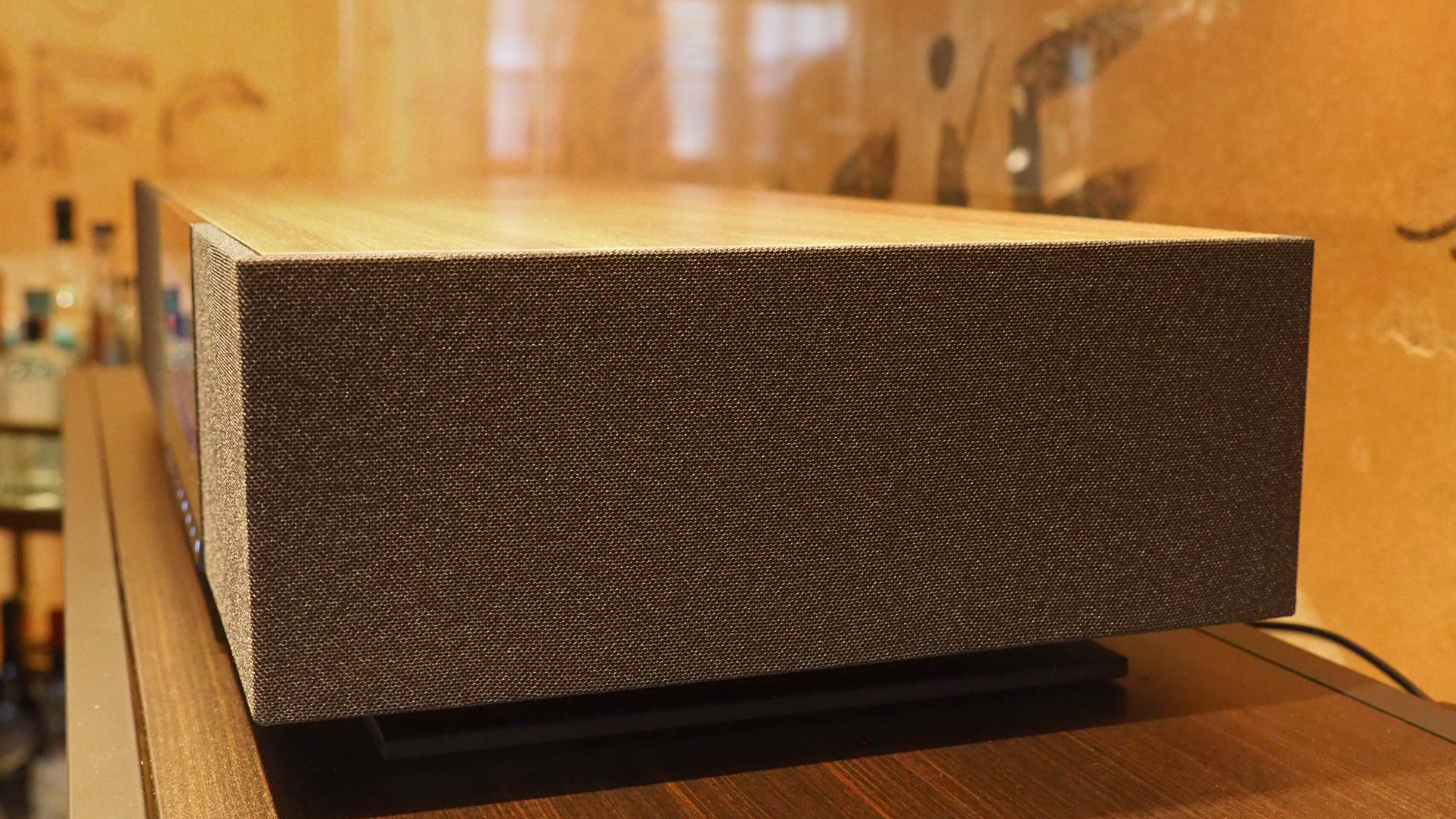
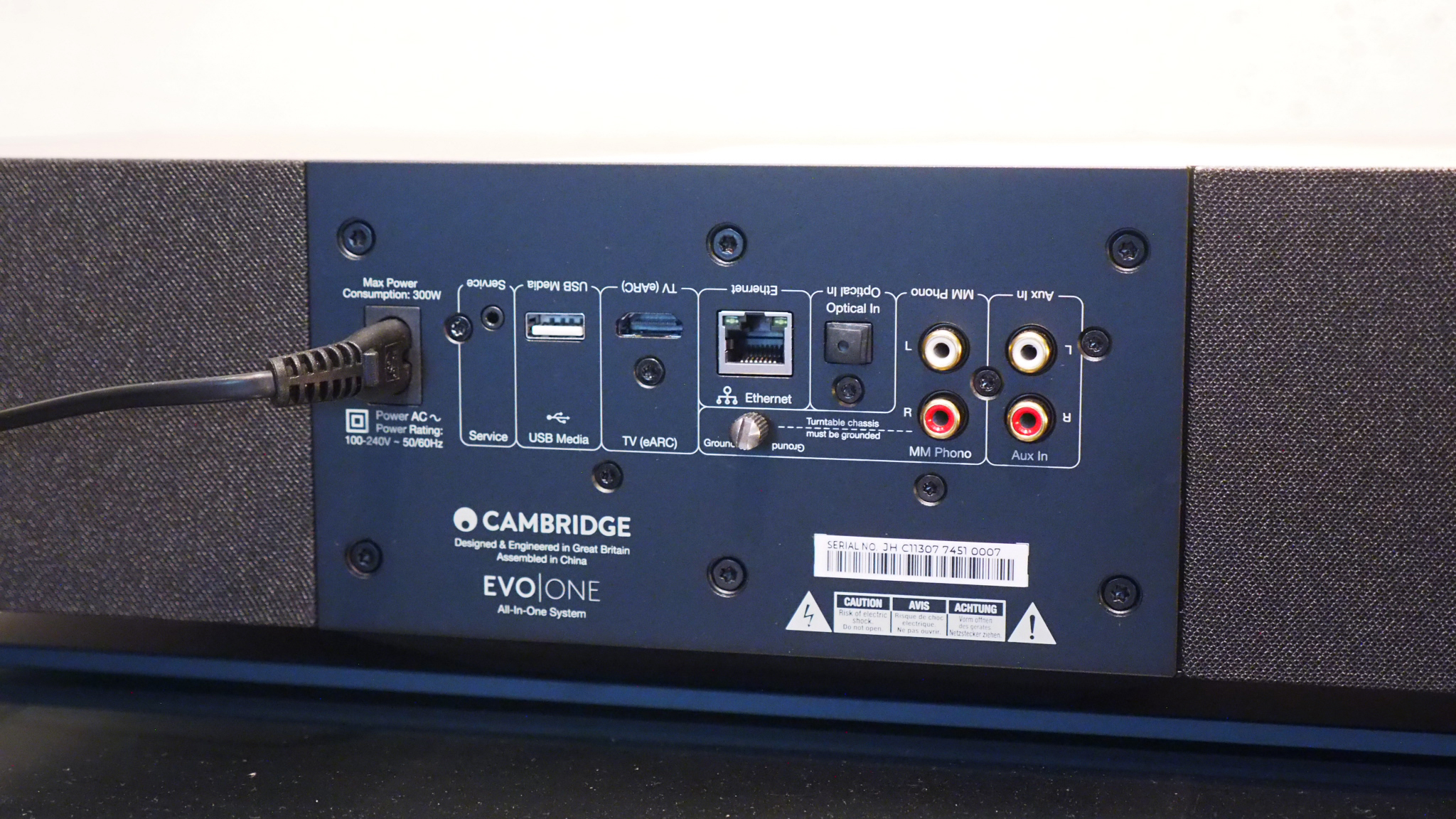
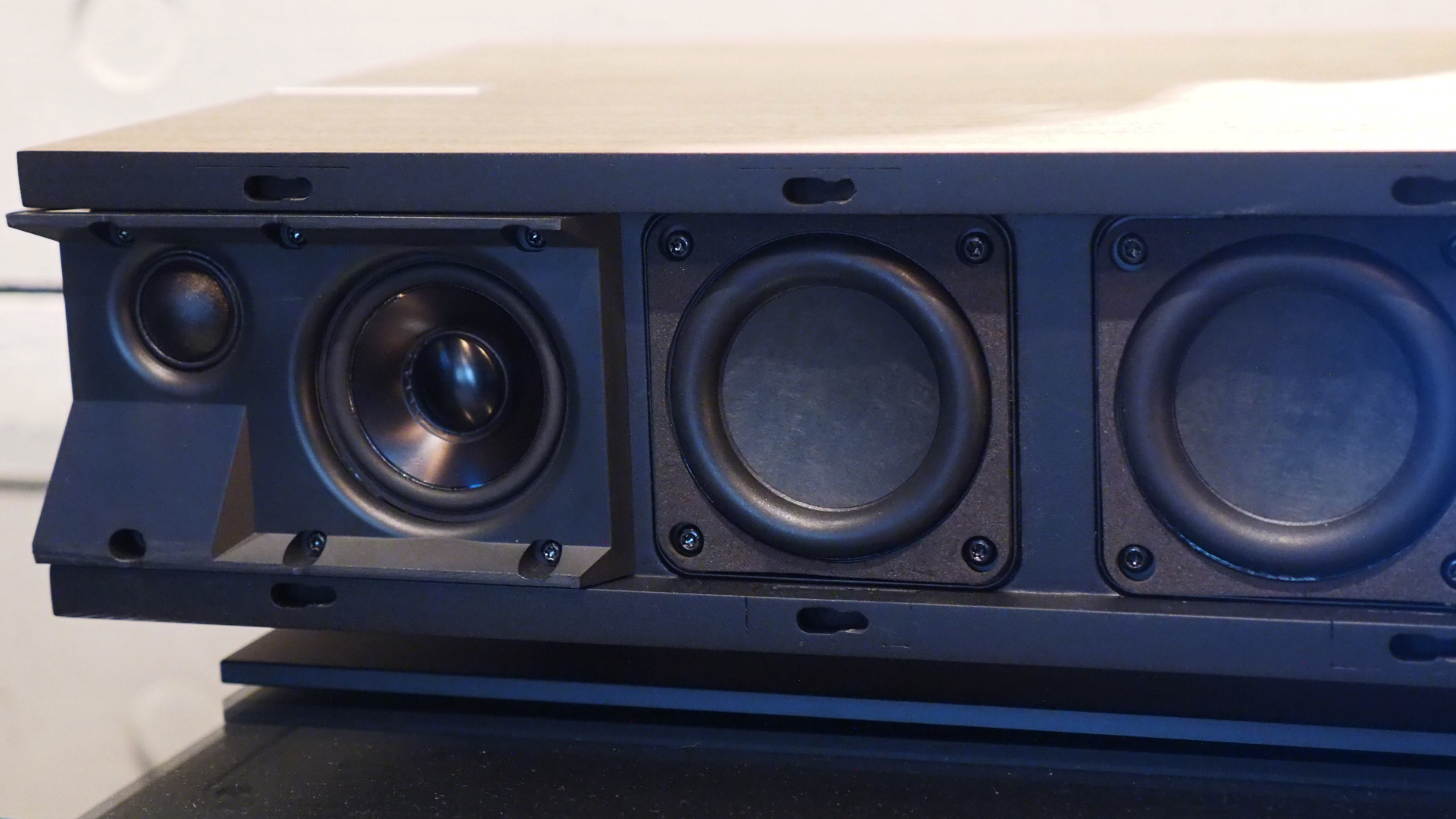
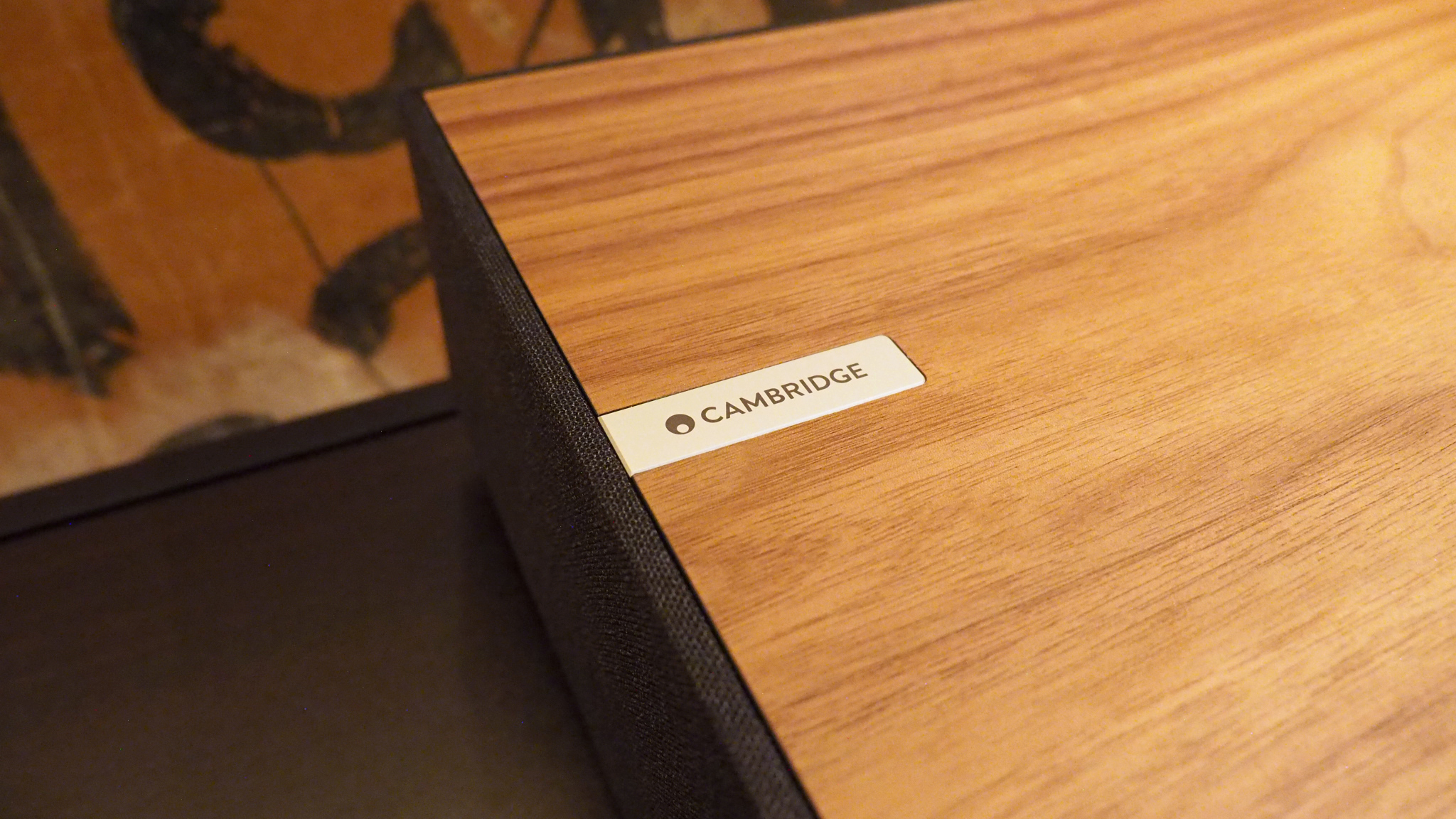
With a tablet connected to the Evo One, guests took their turns in turning through all manner of track: from classic jazz, to modern bass music; no stone was unturned – and I was impressed with just how well the Cambridge Audio handled its output. This is an all-in-one capable of filling a large room with sound – and when exploring the volume's highs, it was beyond conversational levels.
Behind those clothed sides the Evo One features four 1-inch silk-dome tweeters, four 2.25-inch aluminium cones to handle mid-range, and six 2.75-inch woofers for the low-end. The soundstage spreads convincingly wide for a great listen – I sat almost to the side after trying it out front-on and the sound remained full throughout.
Those woofers aren't going to lift bass to subwoofer kinds of levels, which would be a minor criticism, but their combined output certainly creates enough low-end thump to satisfy most music listeners' tastes. You can even monitor the output with a quirky digital VU meter that can be set to show on the Evo One's 6.8-inch built-in display – probably best reserved for your Tidal, Spotify, Qobuz or Deezer interface, mind, all of which are supported.

Cambridge Audio isn't mucking about when it comes to compatibility either: the Evo One supports up to 32-bit/192kHz audio resolution for High-Res Audio fans; plus all the usual streaming formats and many higher-end codes are supported (MP3, WAV, FLAC, ALAC, AIFF, DSD, AAC). You'll want to connect via Wi-Fi for the utmost quality, but Bluetooth is available, as is AirPlay 2 and Google Cast.
I think Cambridge Audio is on a bit of a roll at the moment: I tried the new Melomania P100 (yes, at the same venue, the secret is out now), the company's first over-ear headphones ever, and this Evo One all-in-one is a fairly priced Naim competitor with great sound and, for me, a more naturalistic design that will fit into peoples' homes more eloquently. It comes with an included remote control, too, if you don't like faffing about with a connected phone or tablet.
Oh, and as an aside: hotel Chateau Denmark's I Am Anarchy two-floor suite is available to book if you fancy an altogether different hotel experience, sleeping in a pull-down bed surrounded by the now Grade II* protected building and artwork. Sure, a weekend will cost you more than buying a new Cambridge Audio Evo One – it's listed at £1299/$1499 upon release; the hotel suite by comparison costs from £600 per night (circa $760), but it'll no doubt be any Pistols' fans' dream stay.




!["[T]he First and Fifth Amendments Require ICE to Provide Information About the Whereabouts of a Detained Person"](https://images.inkl.com/s3/publisher/cover/212/reason-cover.png?w=600)


